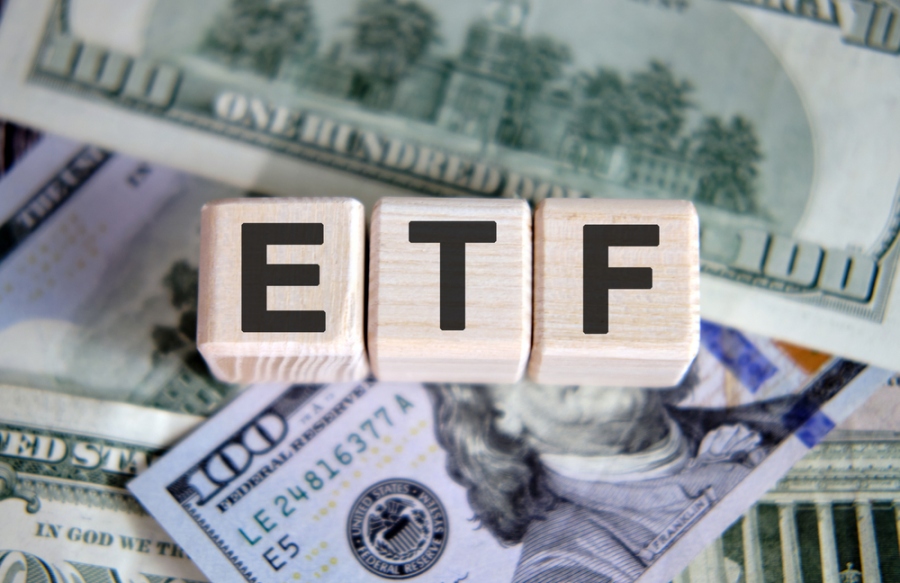It’s no secret that Asia is one of the world’s most dynamic and fastest-growing regions. There are plenty of reasons to invest in Asia, from booming economies to burgeoning middle classes.
But how can you best access this growth potential? One option is to use exchange-traded funds (ETFs) to gain exposure to different Asian countries and sectors.
Here are tips for diversifying your Asian portfolio with ETFs:
Consider regional allocations
When it comes to ETFs, it’s essential to think about regional allocations. For example, if you want to invest in China, you’ll want to look at Chinese ETFs rather than ETFs that include all of Asia. It will give you more targeted exposure to the Chinese market.
Consider country allocations
Similarly, it’s also vital to consider country allocations. Not all Asian countries are created equal, and some offer better opportunities than others. For example, India is expected to see strong economic growth in the coming years, while Japan faces challenges related to ageing.
Consider sector allocations
In addition to considering regional and country allocations, it’s also essential to think about sector allocations. Different sectors will perform differently in different countries and regions. For example, technology stocks may do well in Asia’s growing economies, while defensive sectors like utilities may be better in slower-growing countries.
Consider your investment goals.
Before investing in ETFs, it’s essential to consider your investment goals. What are you trying to achieve? Are you looking for exposure to a specific region or country, or are you looking for broader diversification? Different ETFs will suit different investors’ needs.
Consider your risk tolerance.
It’s also important to consider your risk tolerance before investing in ETFs. Not all ETFs are created equal – some are riskier than others. Choosing an ETF that matches your risk profile and investment goals is essential.
Research the best ETFs for Asian investments
When researching ETFs, it’s essential to pay attention to the underlying holdings of each fund. Not all funds are created equal, and some have a greater focus on specific countries or sectors than others. Finding an ETF that matches your investment goals and risk tolerance is crucial.
Diversify your holdings
It’s always a good idea to diversify your holdings, especially for ETFs. By investing in various ETFs, you can reduce your overall risk while gaining exposure to the Asian market.
Stay up-to-date on developments in Asia.
It’s crucial to stay up-to-date on the latest developments in Asia so you can make informed investment decisions. It includes tabs on economic indicators, political developments, and company news.
Use limit orders to get the best prices.
When buying ETFs, it’s essential to use limited orders to get the best prices. It will ensure you’re getting the best possible deal on your ETFs.
Have a long-term outlook
When investing in Asia, it’s essential to have a long-term outlook. The Asian market can be volatile, and it may take time for your investments to pay off. But with a bit of patience and discipline, you can achieve great results by investing in Asia.
Consider using a brokerage account.
If you’re interested in investing in ETFs, it’s a good idea to consider using a brokerage account. It will give you access to a wide range of ETFs and allow you to buy and sell shares whenever you want.
Stay disciplined
Finally, remember to stay disciplined when investing in ETFs. Asia is a volatile region, and it’s important not to get too caught up in the excitement of the market. Have a long-term outlook and be patient – your investments will pay off in the end.
In conclusion
To conclude, as Asia grows, there are more and more opportunities for investors who want to tap into this vibrant region. By using ETFs, you can gain exposure to different Asian countries and sectors, allowing you to diversify your portfolio while still benefiting from the growth potential of Asia. So if you’re looking to invest in Asia, be sure to consider using ETFs as a tool for exposure. Follow this link for more info.

